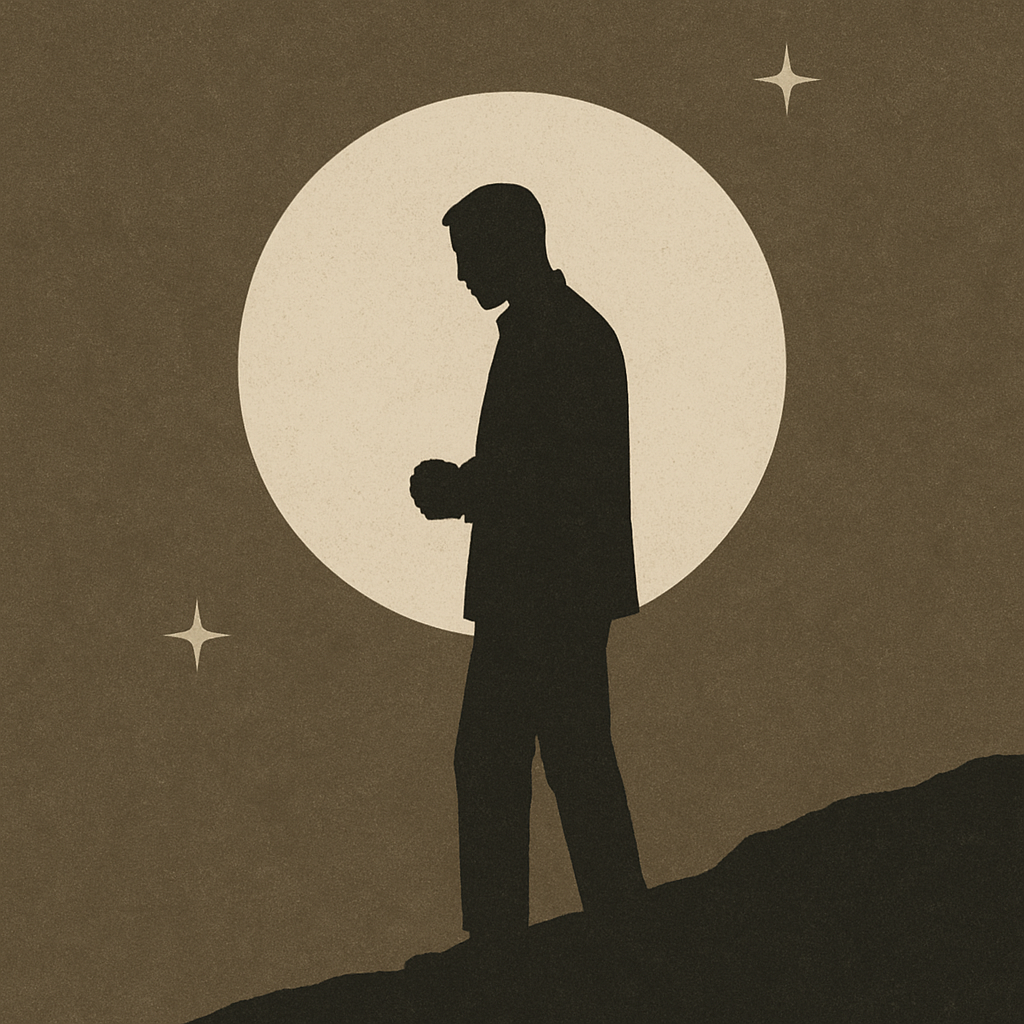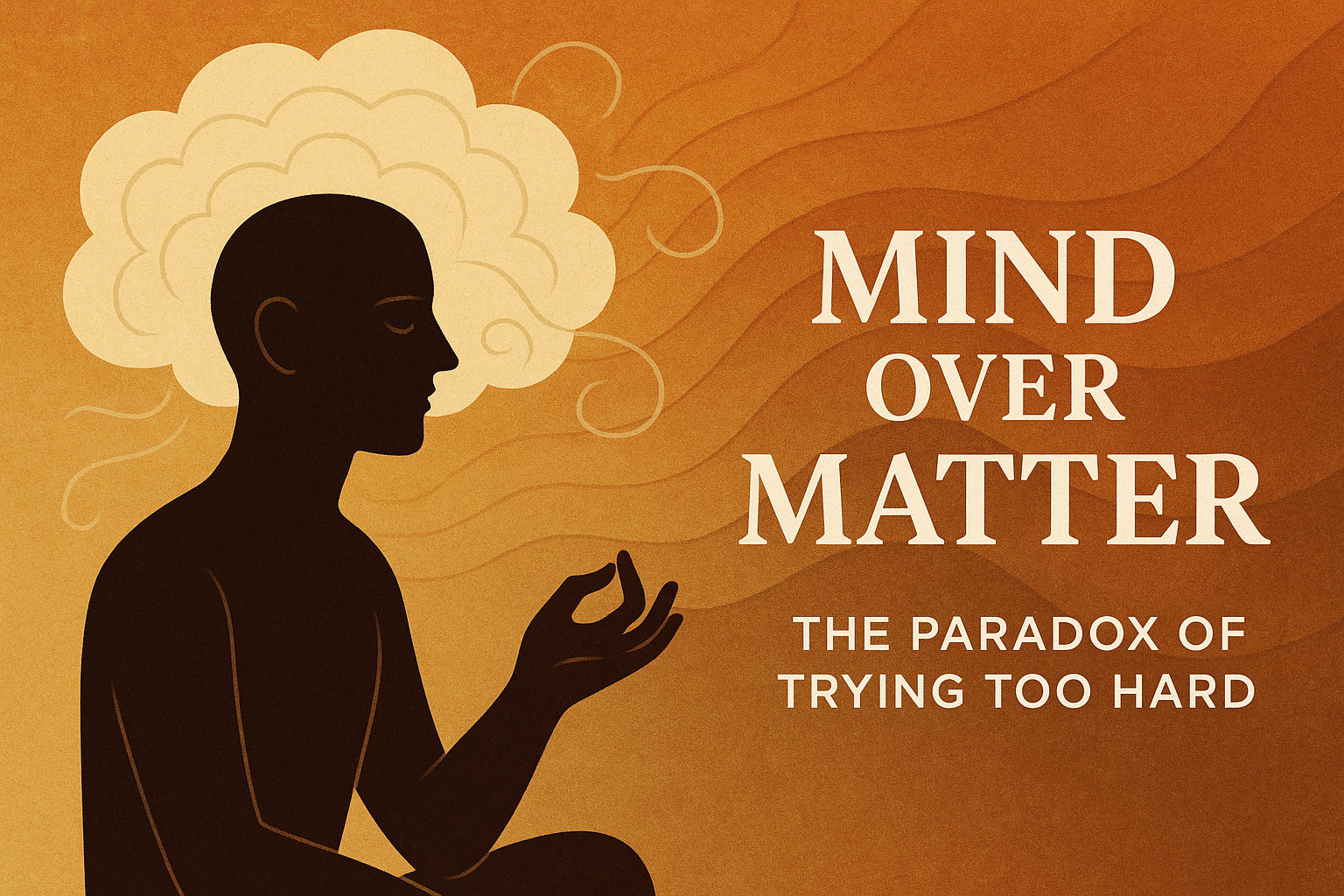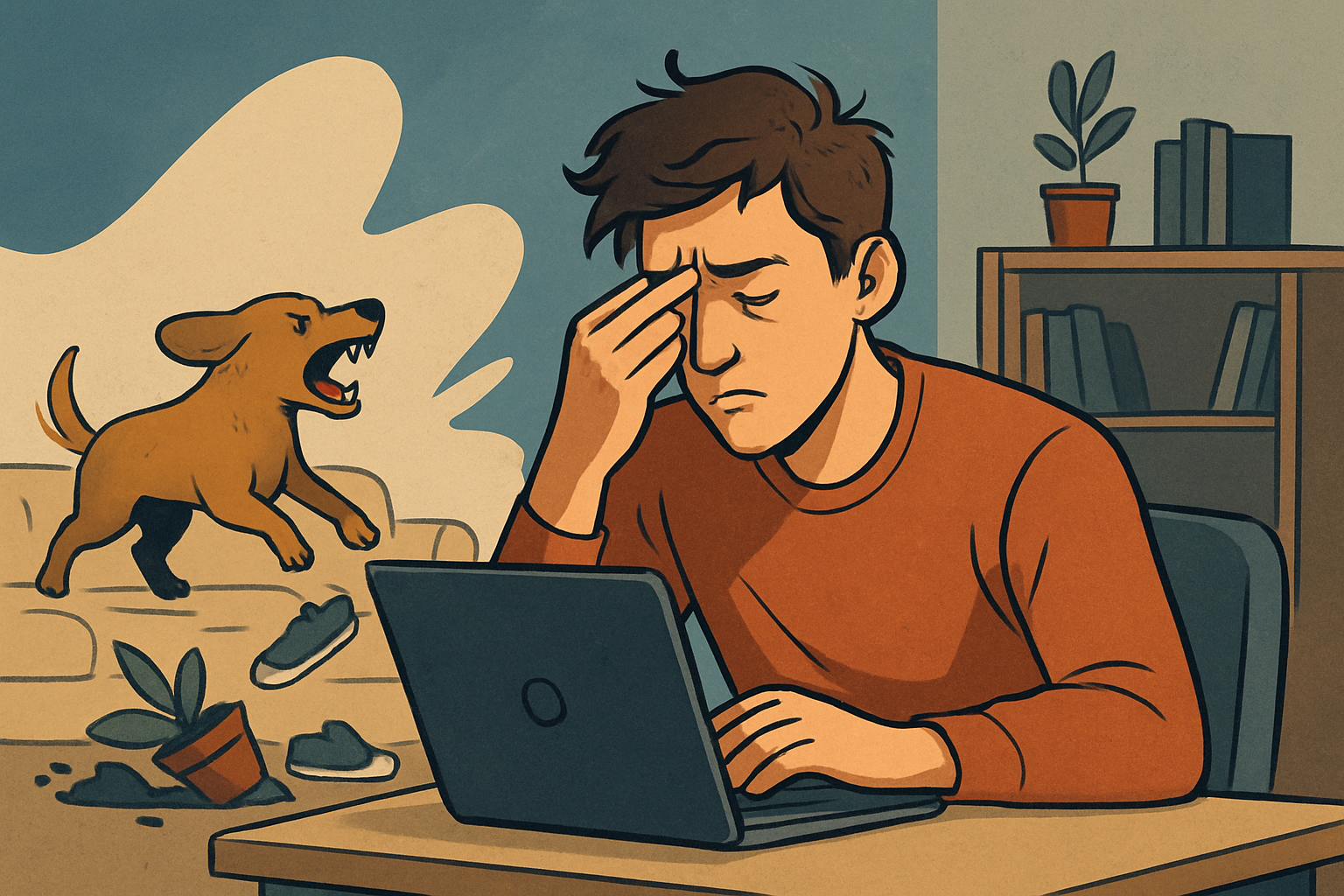The Language of the Body
Harnessing Non-Verbal Communication for Connection

In the realm of human interaction, words often take center stage. However, what’s often overlooked is the profound impact of body language—the unspoken cues that convey emotions, intentions, and reactions. Understanding body language, both our own and that of others, can enhance our communication, foster empathy, and create a deeper connection with those around us.
Defining Body Language
Body language can be defined as "the outward expression of an internal state." This definition highlights the connection between our internal feelings and how we physically express them. Our posture, gestures, and facial expressions serve as indicators of our emotional landscape, influencing how we relate to others.
Your Own Body Language: A Reflection of Inner State
When you’re tense, your body may exhibit signs of discomfort—clenched fists, crossed arms, or a furrowed brow. These non-verbal signals can influence how others perceive you.
- Perceptions of Tension: If you appear tense, those around you might feel irritated or anxious themselves, often mirroring your discomfort. This response occurs because people have a natural tendency to empathize with others, subconsciously interpreting the emotions expressed through body language.
- The Role of Empathy: On the other hand, if someone is present and empathetic, they may sense your tension and respond with understanding. They might encourage you to release that tension, creating an environment where you feel safe to express yourself more openly.
Noticing Body Language as a Reminder to Return to the Present
Being attuned to body language isn’t just about understanding others; it’s also about self-awareness. If you notice uncomfortable body language—yours or someone else’s—it can serve as a reminder to pause and release tension.
- Mindful Awareness: Recognizing signs of discomfort can prompt you to take a moment for self-reflection. This awareness allows you to assess your internal state and encourages you to return to the present moment, letting go of any accumulated stress.
- Creating Ease: By addressing the tension, you create space for a more relaxed atmosphere. This not only benefits your well-being but also fosters a sense of safety and comfort for those around you.
The Power of Presence in Reading Body Language
A person who is truly present in a situation can pick up on subtle body language cues, offering insights that go beyond words.
- Recognizing Comfort Levels: Those who are attuned to their surroundings can easily discern whether someone is uncomfortable or at ease. This awareness allows them to adapt their responses and actions accordingly.
- Guiding Towards Ease: When someone is present, they can guide conversations and interactions toward a state of ease. For instance, if they notice that a person is feeling anxious, they might introduce calming language or a reassuring gesture to help shift the energy of the interaction.
The Interplay of Body Language and Communication
- Creating an Open Environment: Your body language can either invite connection or create barriers. Open posture, relaxed movements, and eye contact can foster a welcoming atmosphere, encouraging others to engage authentically.
- Responding to Non-Verbal Cues: Being attuned to others’ body language allows for responsive communication. When you notice someone’s discomfort, addressing it with empathy can lead to deeper understanding and connection.
- Mindfulness in Action: Practicing mindfulness helps you become more aware of your own body language and how it impacts others. By consciously choosing to relax and adopt an open demeanor, you can influence the energy of the interaction positively.
The Art of Non-Verbal Communication
Body language is a powerful tool in our interpersonal interactions, defined as the outward expression of an internal state. By understanding our own non-verbal cues and becoming attuned to those of others, we can enhance our communication and foster deeper connections. Recognizing the innate human tendency to empathize with one another reinforces the importance of being mindful of how we present ourselves.
As you move through your day, remember that your body language speaks volumes. Embrace the art of non-verbal communication, and watch how it transforms your relationships, enhancing your sense of connection with others. When you notice discomfort in body language, use it as an opportunity to pause, reflect, and return to the present—where true connection begins.
Share









